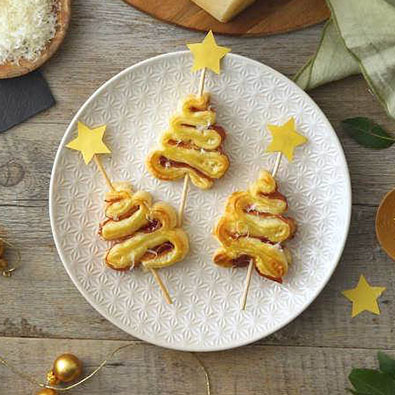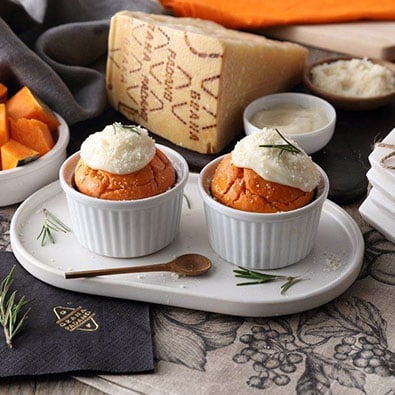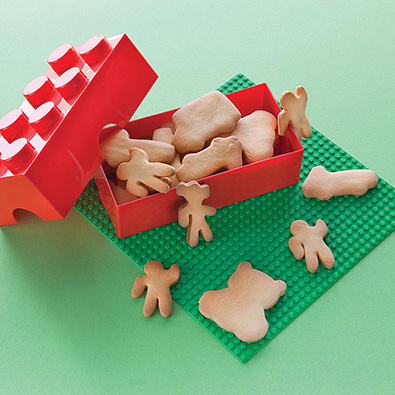
Sunday lasagna, with ragù and ricotta
Medium
6-8 people
Francesca D’Orazio
Ingredients
- For pasta:
- 300-400 g of ready-made lasagna sheets
- or homemade following the instructions below
- For the ragù:
- 400 g of minced beef
- 1 L tomato puree
- 2 tablespoons of chopped celery, carrot, onion
- 1/2 glass of white wine
- 120 g Grana Padano Riserva PDO, grated
- 400 g of cow’s milk ricotta cheese
- 200 g of smoked scamorza cheese (smoked mozzarella), chopped
- extra virgin olive oil
- butter
- salt
Preparation
Prepare the ragù: in a pan, sauté the chopped celery, carrot, onion with 2 tablespoons of oil, a pinch of salt, and 2 tablespoons of water so that the vegetables wilt and cook without burning. Add the meat, brown it, stirring with a wooden spoon to crumble it. Pour the wine and let it evaporate over high heat.
Add the tomato puree, cook until the sauce has thickened, but not too much. It will take about 20 minutes (the time may vary depending on the pot, the density of the tomato puree and the heat).
Heat the oven to 200°C.
Butter a baking dish (40×20 cm).
Start with one pasta sheet, then evenly spread ragù, sprinkle grated Grana Padano, the ricotta, here and there, and the scamorza cheese. Continue layering the pasta, ragù, Grana Padano, ricotta and scamorza cheese, until there are at least 5 layers. The final layer will be with the pasta, some melted butter brushed on the pastry and a sprinkle of Grana Padano.
Cover with kitchen aluminum. Bake and cook for about 30 minutes. Remove the sheet and cook au gratin for 5-8 minutes.
Fresh egg pasta dough is made with eggs and flour, but different regions in Italy and different cooks have their own variations – some use egg yolks alone, some add olive oil, others use various combinations of flour.
Adding durum flour (substitute 1/4 of the plain flour with it) will give more texture and body to the pasta.(Remember, pasta should not be made on a cold surface. Use wood or your counter if it is not a marble one)
Ingredients:
4 eggs,
400 – 420 g all-purpose flour,
By hand
Place the flour in a mound in the middle of a floured work surface, keeping some on the side.
Make a well in the centre and place eggs, any other liquid called for your recipe, such as olive oil or any seasoning. Using a fork, gradually blend as much flour into the eggs as they can absorb, and as needed to gather the dough into a ball. Knead until smooth and elastic, adding more flour if the dough gets sticky.












